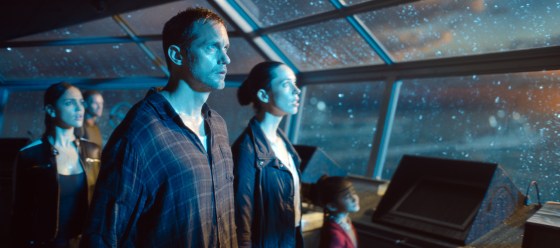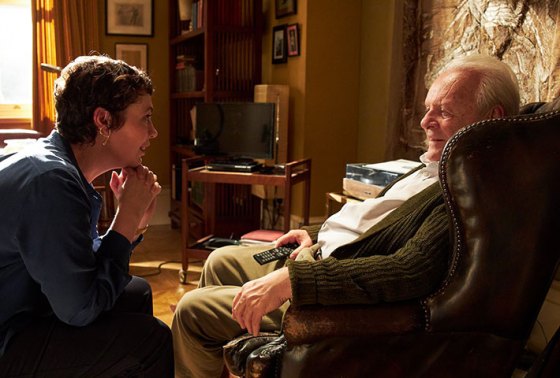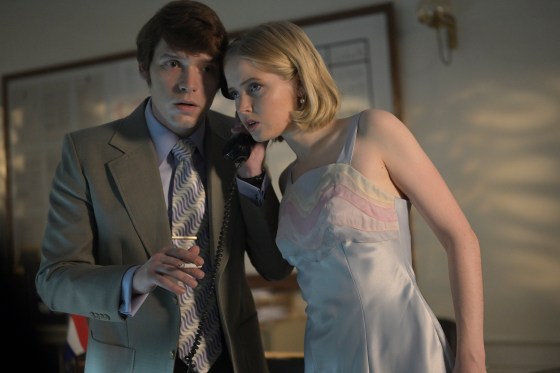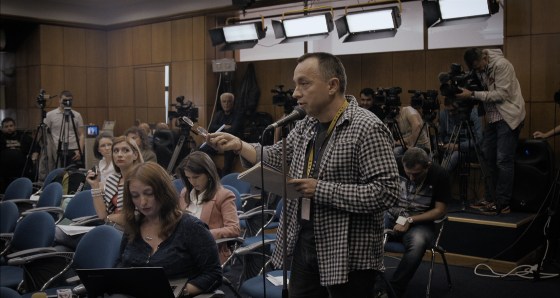Documentary lovers have plenty to peruse in titles coming to Netflix in April 2021, from Worn Stories, a series featuring the stories of people’s most meaningful items of clothing, to a new David Attenborough series, Life in Color With David Attenborough, that looks at the relationships different animals have to color.
Fictional stories are also coming to the streaming service in April, including Thunder Force, which sees Melissa McCarthy and Octavia Spencer playing reunited childhood best friends in an action movie, the series Why Are You Like This, which follows three twenty-somethings in Melbourne, and the horror movie Things Seen & Heard, which delves into the dark secrets that emerge after a couple moves to a small town from Manhattan.
Here’s what’s new on Netflix this month—and everything set to leave the streaming platform.
Here are the Netflix originals coming in April 2021
Available April 1
Magical Andes: season 2
Prank Encounters: season 2
Tersanjung the Movie
Worn Stories
Available April 2
Concrete Cowboy
Just Say Yes
Madame Claude
The Serpent
Sky High
Available April 5
Family Reunion: Part 3
Available April 6
The Last Kids on Earth: Happy Apocalypse to You
Available April 7
The Big Day: Collection 2
Dolly Parton: A MusiCares Tribute
Snabba Cash
This Is A Robbery: The World’s Biggest Art Heist
The Wedding Coach
Available April 8
The Way of the Househusband
Available April 9
Have You Ever Seen Fireflies?
Night in Paradise
Thunder Force
Available April 12
New Gods: Nezha Reborn
Available April 13
Mighty Express: season 3
My Love: Six Stories of True Love
Available April 14
Dad Stop Embarrassing Me!
The Circle: season 2
Law School
The Soul
Why Did You Kill Me?
Available April 15
Ride or Die
Available April 16
Arlo the Alligator Boy
Ajeeb Daastaans
Fast & Furious Spy Racers: season 4: Mexico
Into the Beat
Why Are You Like This
Available April 18
Luis Miguel – The Series: season 2
Available April 20
Izzy’s Koala World: season 2
Available April 21
Zero
Available April 22
Life in Color with David Attenborough
Stowaway
Available April 23
Shadow and Bone
Tell Me When
Available April 27
Go! Go! Cory Carson: season 4
Available April 28
Sexify
Headspace Guide to Sleep
Available April 29
Things Heard & Seen
Yasuke
Available April 30
The Innocent
The Mitchells vs. The Machines
Pet Stars
The Unremarkable Juanquini: season 2
Here are the TV shows and movies coming to Netflix in April 2021
Available April 1
2012
Cop Out
Friends with Benefits
Insidious
Legally Blonde
Leprechaun
The Pianist
The Possession
Secrets of Great British Castles: season 1
The Time Traveler’s Wife
Tyler Perry’s Madea’s Big Happy Family
White Boy
Yes Man
Available April 3
Escape from Planet Earth
Available April 4
What Lies Below
Available April 5
Coded Bias
Available April 10
The Stand-In
Available April 11
Diana: The Interview that Shook the World
Available April 12
Nicky, Ricky, Dicky & Dawn: seasons 1-4
Available April 13
The Baker and the Beauty: season 1
Available April 15
Dark City Beneath the Beat
The Master
Available April 16
Crimson Peak
Rush
Synchronic
The Zookeeper’s Wife
Available April 19
Miss Sloane
PJ Masks: season 3
Available April 23
Heroes: Silence and Rock & Roll
Available April 27
August: Osage County
Battle of Los Angeles
Here’s what’s leaving Netflix in April 2021
Leaving April 2
Honey: Rise Up and Dance
Leaving April 4
Backfire
Leaving April 11
Time Trap
Leaving April 12
Married at First Sight: season 9
Surviving R. Kelly Part II: The Reckoning: season 1
Leaving April 13
Antidote
Leaving April 14
Eddie Murphy: Delirious
The New Romantic
Once Upon a Time in London
Thor: Tales of Asgard
Leaving April 15
Cirque du Freak: The Vampire’s Assistant
Leaving April 19
Carol
The Vatican Tapes
Leaving April 20
The Last Resort
Leaving April 21
The Great British Baking Show: Masterclass: seasons 1-3
Leaving April 22
Liv and Maddie: seasons 1-4
Leaving April 23
Mirror Mirror
Leaving April 24
Django Unchained
Leaving April 26
The Sapphires
Leaving April 27
The Car
Doom
Leaving April 28
Paul Blart: Mall Cop
Leaving April 30
17 Again
Blackfish
Can’t Hardly Wait
Den of Thieves
How to Be a Latin Lover
I Am Legend
Jumping the Broom
Kingdom: seasons 1-3
Knock Knock
Palm Trees in the Snow
Platoon
Runaway Bride
Snowpiercer
The Green Hornet
The Indian in the Cupboard
Waiting













